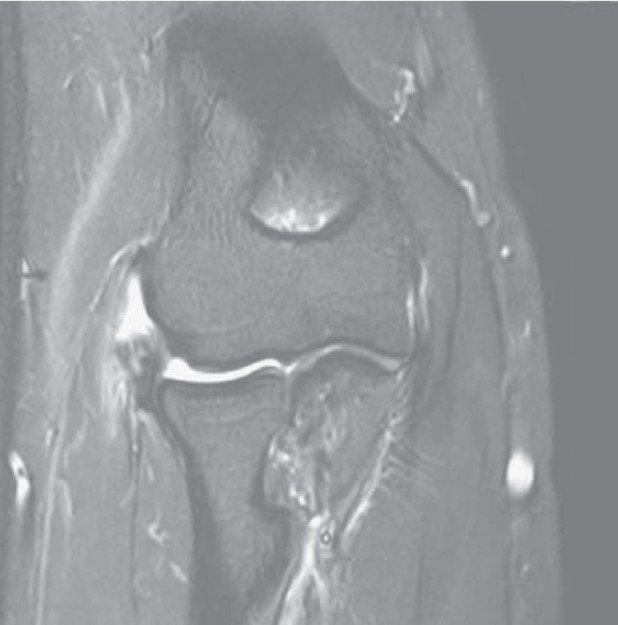News Tennis elbow is not the same as tennis elbow
Tennis elbow is one of the most common elbow conditions. Fortunately, treatment very rarely requires surgery. It is, however, a different matter if the tendon has torn and is causing chronic tennis elbow symptoms. In these cases, which tend to be rare, tendon reconstruction may provide long-awaited relief.
Tennis elbow is an inflammation of the extensor tendon on the outer side of the elbow. In most cases it starts with chronic overuse of specific tendons. Generally, patience and conservative (non-surgical) treatment are successful and allow the symptoms to dissipate. If the affected tendon is not only inflamed but has also sustained relevant damage, chronic symptoms can then make everyday life torturous. In cases of this kind, it makes sense to carry out a more detailed assessment.
More detailed assessment makes sense in the case of chronic tennis elbow symptoms
When non-surgical approaches fail in patients with considerable damage (i.e. a tear) to the extensor tendon, the question of what constitutes ideal treatment arises. This issue is the main focus of our team, which comprises members of the Shoulder & Elbow Surgery, Rheumatology, and Research & Development departments. The team provided surgical treatment for twenty patients with long-term tennis elbow symptoms and a torn extensor tendon, and evaluated the results. This led to the conclusion that the recommended procedure is to use MRI on patients with chronic tennis elbow symptoms in order to check whether the issues are caused by a torn extensor tendon. In such cases, surgery may offer long-awaited relief, provided that there is follow-up treatment with physiotherapy for about three months.
Giving the tendon a chance
The twenty patients were also treated with a promising surgical method where the extensor tendon is reconstructed using a knotless suture anchor. In the process, the damaged tendon is not severed, but is given a chance to heal onto its original attachment site. This aims to provide the elbow with sufficient stability for everyday life and sporting activities. The study has shown that this surgical method is able to significantly relieve pain and to improve arm functions, which means it is recommended for patients with elbow extensor tendon tears.
At the Schulthess Klinik, this surgical technique has already been used regularly for elbow extensor tendon tears, with the expectation of providing long-term relief for affected patients.
Further information on the publication «High-grade Common Extensor Tendon Tears Maintaining Chronic Lateral Epicondylitis: Clinical and Structural Outcome Following Knotless Suture Anchor Repair»
